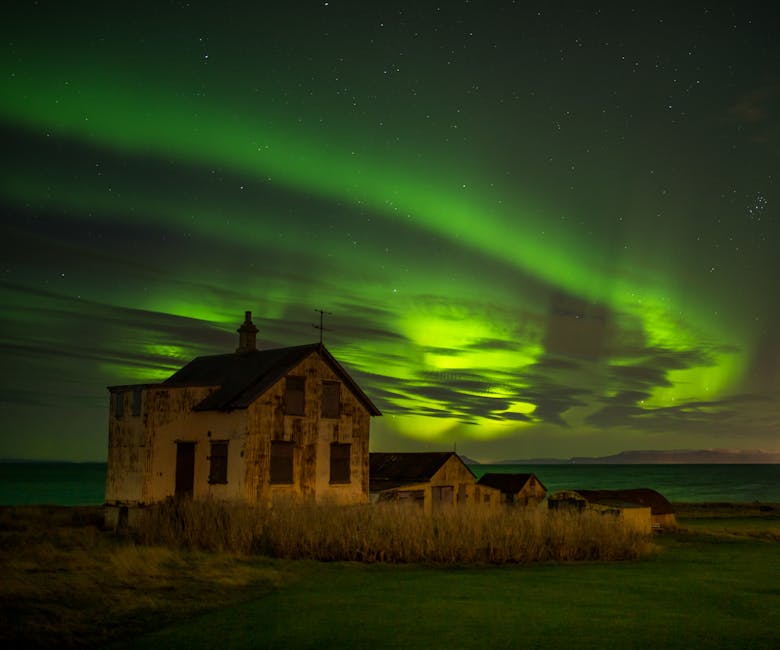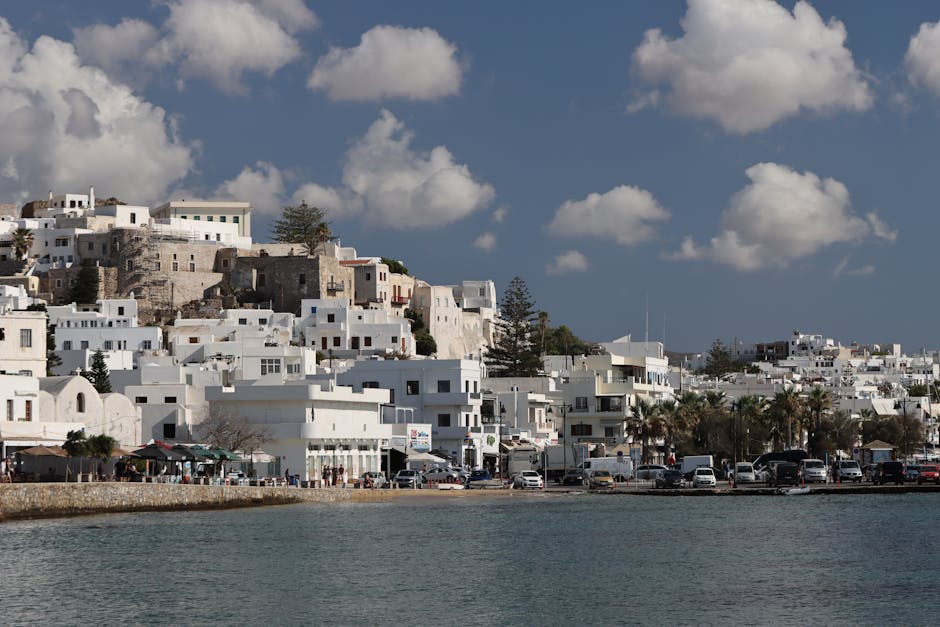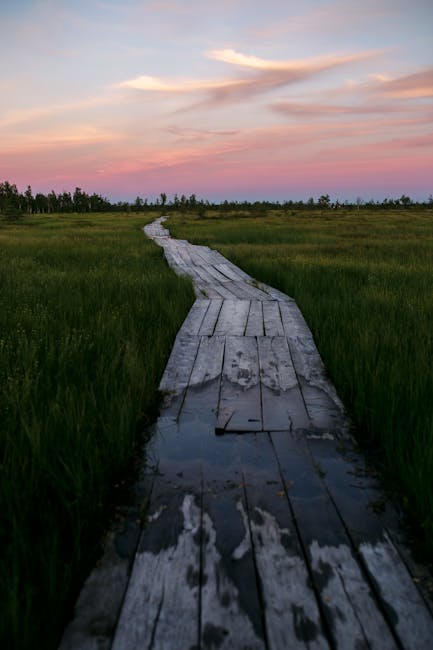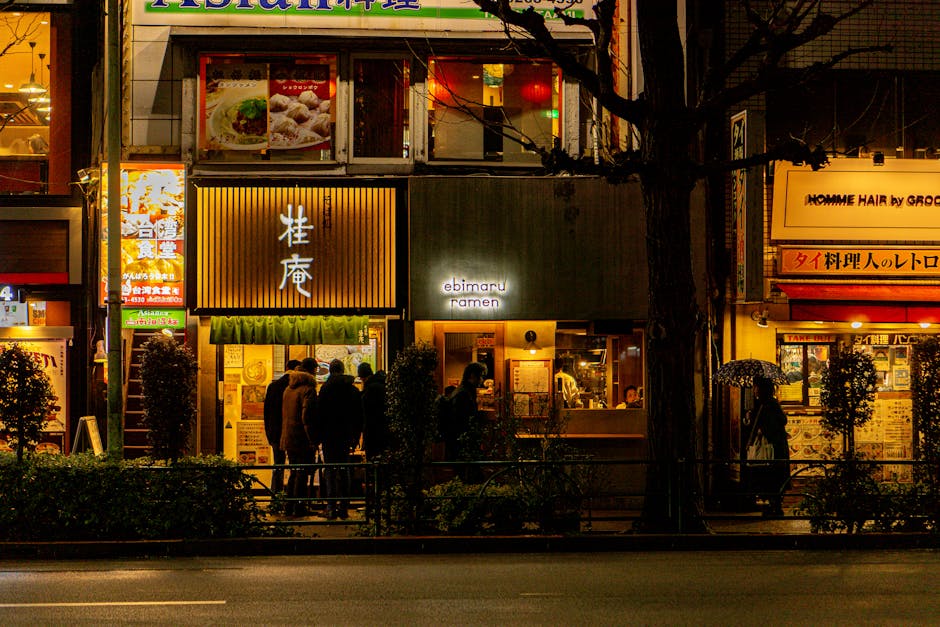Few natural wonders captivate the imagination quite like the Northern Lights. These ethereal light displays transform the night sky into a mesmerizing spectacle of swirling colors. While the Aurora Borealis can be seen from several northern countries, Iceland offers a perfect combination of accessibility, diverse landscapes, and excellent infrastructure that makes it an ideal destination for Northern Lights hunters. Join us as we share our recent expedition across this captivating island in search of the elusive aurora.
Understanding the Northern Lights
Before planning your adventure, it helps to understand what causes this breathtaking phenomenon. The Northern Lights occur when solar particles collide with atmospheric gases, creating ionization and excitation that release light energy. This creates the stunning ribbons of color that dance across the polar skies.
Key facts about the aurora:
- Colors range from green (most common) to purple, blue, pink, and red (rarer)
- Displays vary from faint glows to dramatic, fast-moving curtains of light
- Auroral activity follows an 11-year solar cycle, with 2023-2025 being highly active years
- The scientific name "Aurora Borealis" comes from Aurora (Roman goddess of dawn) and Boreas (Greek name for the north wind)
When to Go: Timing Your Iceland Trip
The Northern Lights Season
The key requirement for seeing the Northern Lights is darkness, making the period from late August to mid-April the prime aurora season in Iceland. However, within this window, certain months offer advantages:
September to October
- More moderate temperatures than winter
- Less extreme weather conditions
- Longer daylight hours for daytime exploration
- Less snow, making more areas accessible by regular car
November to March
- Maximum darkness (up to 19-20 hours in December-January)
- Higher chance of clear nights in certain regions
- Snow-covered landscapes create magical scenery
- Combined winter activities (ice caves, glacier hiking)
During our expedition, we chose to visit in late February, balancing sufficient darkness with slightly improving weather conditions and the ability to explore winter-only attractions like ice caves.
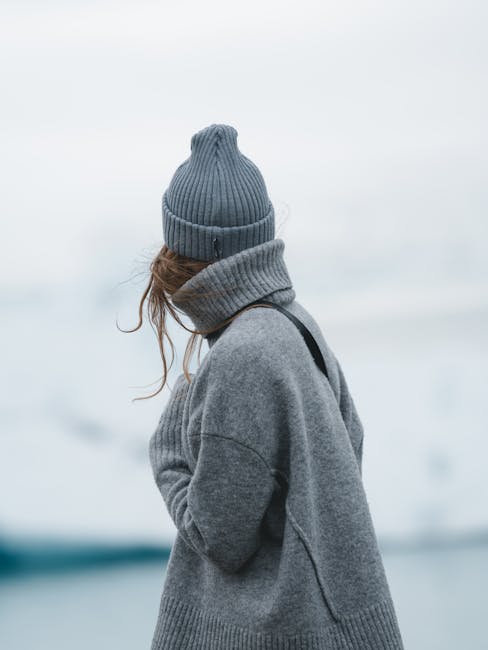
Weather Considerations
Iceland's weather is notoriously changeable, and cloud cover is the primary obstacle for aurora viewing. While the Northern Lights may be active above the clouds, you won't see them without clear skies. Some tips for dealing with Icelandic weather:
- Plan to stay at least 5-7 nights to increase your chances of clear conditions
- The north and east of Iceland often have clearer winter skies than the south and west
- Be flexible with your itinerary and prepared to drive to areas with better forecasts
- December is statistically the cloudiest month, while February and March often offer more clear nights
Where to Go: Best Locations in Iceland
While the Northern Lights can potentially be seen from anywhere in Iceland with dark, clear skies, some regions offer distinct advantages:
Reykjavík and Surroundings
Even from Iceland's capital, aurora viewing is possible:
- Grótta lighthouse on Seltjarnarnes Peninsula (10 minutes from downtown)
- Öskjuhlíð hill near Perlan
- Þingvellir National Park (40-minute drive)
The advantage of staying in Reykjavík is access to organized Northern Lights tours that can chase clear skies based on the latest forecasts. Many companies offer free repeat tours if you don't see the lights on your first attempt.
South Coast
Iceland's South Coast offers dramatic backdrops for aurora photography:
- Vik's black sand beaches with Reynisdrangar sea stacks
- Jökulsárlón Glacier Lagoon, where you might capture auroras reflecting over the ice
- Skógafoss and Seljalandsfoss waterfalls (these are sometimes lit at night but can be incorporated into aurora compositions)

Snæfellsnes Peninsula
Often called "Iceland in miniature," this western peninsula offers:
- Kirkjufell mountain (one of Iceland's most photographed aurora locations)
- Remote beaches and dramatic coastal formations
- Dark skies away from major light pollution
North Iceland
The north often experiences more stable winter weather:
- Lake Mývatn area, combining aurora potential with geothermal features
- Akureyri and surroundings, with many northern lights tour options
- Generally less cloud cover than southern regions in midwinter
During our journey, we spent two nights in the capital, three on the South Coast, and two in North Iceland near Lake Mývatn. This diversity of locations significantly increased our chances of successful sightings.
Our 7-Day Northern Lights Itinerary
Here's how we structured our February Iceland adventure:
Day 1-2: Reykjavík
- Arrival and exploring the capital
- Northern Lights boat tour from the Old Harbour (successful sighting on night 2)
- Daytime visits to the Golden Circle (Þingvellir, Geysir, Gullfoss)
Day 3-5: South Coast
- Base in Vík and later Höfn
- Explored waterfalls, black beaches, and glacier tongues by day
- Spectacular aurora display over Jökulsárlón Glacier Lagoon
- Ice cave tour under Vatnajökull glacier
Day 6-7: North Iceland
- Domestic flight from Höfn to Akureyri (saving a long drive)
- Lake Mývatn geothermal areas and Dimmuborgir lava formations
- Northern Lights viewing from Mývatn Nature Baths
- Return flight to Reykjavík and departure
Aurora Forecasting and Tools
Several resources proved invaluable during our aurora hunting:
- Icelandic Met Office Aurora Forecast - Combines aurora activity predictions with cloud cover forecasts specifically for Iceland
- Aurora Apps - "My Aurora Forecast" and "Aurora" apps provided alerts when activity increased
- Photographers' Facebook Groups - Local photographers often post real-time aurora updates
- KP Index Monitoring - This 0-9 scale of geomagnetic activity helps predict aurora strength; visible displays often start at KP2-3 in Iceland
We set aurora alerts on our phones and kept our camera gear ready each night. This preparation paid off with four nights of sightings during our seven-night stay, ranging from subtle green glows to a spectacular display with pulsating curtains of light.
Photography Tips for Capturing the Northern Lights
Photographing the aurora requires specific techniques:
Essential Equipment
- DSLR or mirrorless camera with manual settings
- Wide-angle lens with fast aperture (f/2.8 or wider)
- Sturdy tripod (wind-resistant)
- Remote shutter release or self-timer
- Extra batteries (cold temperatures drain them quickly)
- Headlamp with red light mode
Camera Settings for Northern Lights
- Mode: Manual
- Format: RAW for maximum editing flexibility
- Aperture: As wide as possible (f/1.4 - f/2.8)
- Shutter Speed: 1-15 seconds (shorter for bright, fast-moving auroras; longer for fainter displays)
- ISO: 800-3200 (depending on aurora brightness and your camera's capabilities)
- Focus: Manual focus set to infinity (pre-focus during daytime)
- White Balance: Auto or 3500-4500K
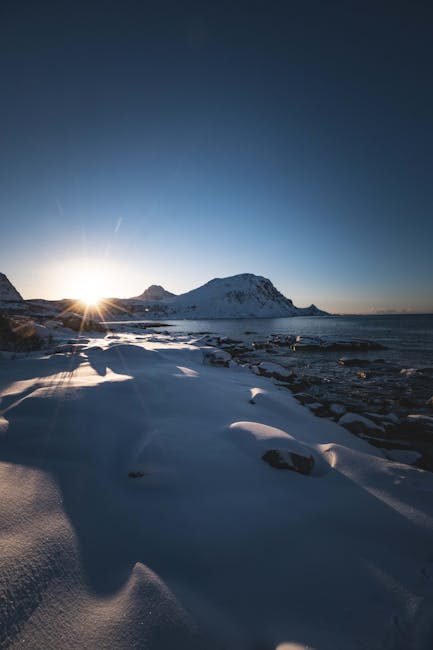
Composition Tips
The most compelling Northern Lights photos include interesting foreground elements:
- Scout locations during daylight hours
- Include reflective surfaces like lakes for mirror effects
- Use distinctive Icelandic features (mountains, churches, waterfalls) as anchors
- Try including a person with a headlamp for scale and human interest
Beyond the Lights: Daytime Activities
Iceland offers extraordinary experiences beyond aurora hunting:
Winter-Specific Activities
- Ice Cave Tours: The blue ice caves beneath Vatnajökull are only accessible in winter
- Glacier Hiking: Crampons and experienced guides allow exploration of ancient ice
- Snowmobiling: High-speed adventures across glacial plateaus
- Hot Springs: The Blue Lagoon, Sky Lagoon, and Mývatn Nature Baths are even more magical in winter
Year-Round Highlights
- Waterfalls: Iceland's countless falls are often partially frozen in winter, creating unique formations
- Geothermal Areas: The stark contrast of steam against snow is particularly photogenic
- Wildlife: Look for Arctic foxes, reindeer, and winter birds
- Icelandic Horses: These charming, cold-resistant animals make perfect photography subjects in snowy landscapes
Practical Tips for Winter Travel in Iceland
Driving Considerations
If self-driving (as we did for part of our trip):
- Rent a 4x4 vehicle with winter tires
- Check road conditions regularly at road.is
- Download offline maps and the 112 Iceland app for emergencies
- Fill your fuel tank whenever possible
- Allow extra time for all journeys
What to Pack
- Thermal base layers (wool or synthetic)
- Waterproof and windproof outer layers
- Insulated, waterproof boots
- Hand warmers and ice grips for shoes
- Swimwear for hot springs
- Thermos for hot drinks while aurora hunting
Ready for Your Own Northern Lights Adventure?
At BigerFoner Travel, we specialise in crafting bespoke Iceland itineraries designed to maximise your chances of witnessing the magical Northern Lights while experiencing the best of this extraordinary country. Our Iceland specialists can create the perfect aurora hunting adventure based on your timeframe and preferences.
Plan Your Iceland AdventureThe memory of standing beneath a sky painted with dancing ribbons of green, purple, and pink light is something that will stay with you forever. While the Northern Lights can never be guaranteed, Iceland offers the perfect blend of accessibility, infrastructure, and natural beauty to create an unforgettable aurora-seeking adventure. Even if the lights prove elusive on a particular night, you'll find yourself in one of the world's most spectacular landscapes, rich with alternative experiences to fill your days and nights.
